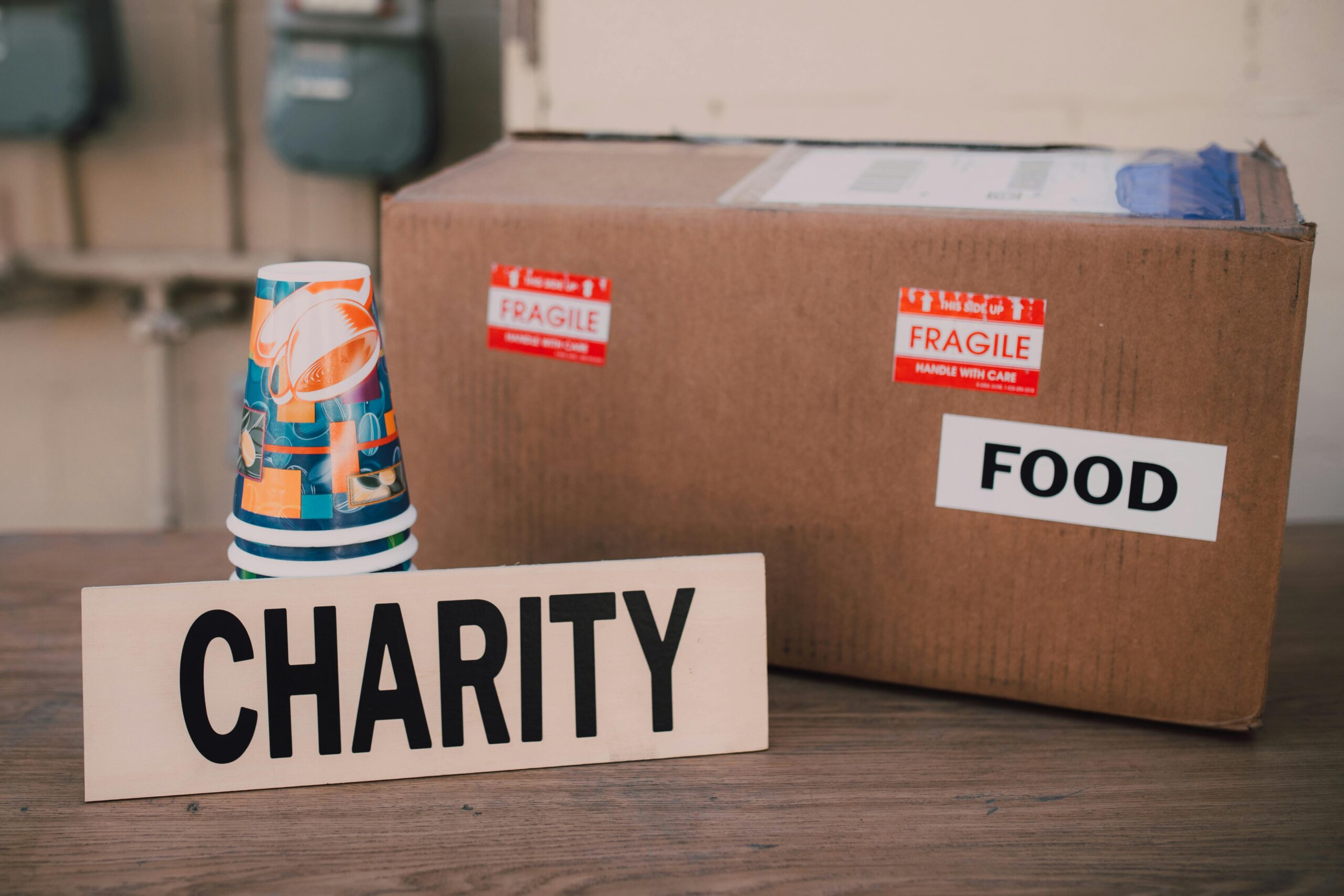Disaster relief nonprofits are known for their effective and immediate response to catastrophic events. When help is most needed, these organizations are at the forefront of providing the needed support to ensure prompt recovery. Most importantly, they adapt to changing circumstances, reevaluating tactics, choosing the right tools, and finding ways to optimize workflow.

- Donor research helps you better understand your present audience and eventually attracts new donors.
- The best thing about using a CRM is that tasks that were previously laborious and involved a lot of paperwork can be more efficient.
What are the top tools in disaster relief fundraising?
While it is hard to fully plan for the unknown and unanticipated, there are still steps that can be taken to facilitate immediate action. In this article, we will consider some of the critical tools that can assist with immediate fundraising for disaster relief.
1. Fundraising CRM
You might be losing out on opportunities to retain donors and generate income if you’re not already using a CRM fundraising tool. These resources can support your nonprofit in promoting its campaign, winning over potential contributors, and fostering ties with present donors.
Also, the best thing about using a CRM is that tasks that were previously laborious and involved a lot of paperwork can be more efficient. Hence, it becomes easy to undertake common campaign management duties such as data assessment, survey administration, and “thank you” package creation. Even more, web-based reporting allows you to monitor the status of a campaign and gauge the success of particular tactics. To increase convenience and effectiveness, your CRM can also be tailored to your nonprofit’s unique procedures.
2. Credibility Branding
Secondly, your nonprofit’s reputation will determine if donors and community members can trust your organization. People feel secure when they know that their fund is in excellent hands after donating to your nonprofit. As a result, there is a need to communicate credibility with effective branding.
To begin effective communications, start with the channels you already have such as email and social media. Next, ensure there is a consistent branding element across all of your landing pages and donation forms. This includes color, typefaces, logos, etc.
3. Peer-to-peer campaigns
Peer-to-peer campaigns are a viable option for disaster relief donations if you want to substantially increase your nonprofit’s social proof. In addition, peer-to-peer fundraising creates advocates out of your supporters, enabling you to reach a wider audience.
Peer-to-peer networks function in this way: as part of your larger campaign, these advocates, or fundraisers, set up their pages. The reach of your organization is then increased as they forward these links to their friends and family and invite them to donate.
4. Traditional media
Simply gaining people’s attention is one of the hardest parts of any fundraising campaign. Typically, a disaster generates significant media coverage. By contacting your local news outlets to request publicity for your fundraising, you can take advantage of this attention to benefit impacted areas. Without a doubt, your campaign will be strengthened by even a brief appearance on the local news or a brief article in the newspaper.
5. Donor Research Platforms
Donor research helps you better understand your present audience and eventually attracts new donors, which makes it useful as a fundraising tool. Also, it provides you with a clear picture of your target audience, enabling you to focus your marketing efforts more effectively.
For instance, you’ll respond to inquiries like:
- How old do your donors tend to be on average?
- Do they reside somewhere?
- What are they employed for?
- What is their inclination to donate?
The application gathers pertinent data from donors each time they give and keeps it updated in real-time in a database. As a result, you can quickly and easily retrieve data using these systems as they are intuitive. Also, you can construct the perfect donor profile by gathering data on age, occupation, and social media activity.
Conclusion
In summary, rather than trying to handle everything alone, identify fundraising solutions that will help you maximize your data, attract more donations, enhance stewardship, and improve supporter experiences.
If this article resonates with you, we welcome your thoughts, suggestions, and questions at the bottom of this post.


